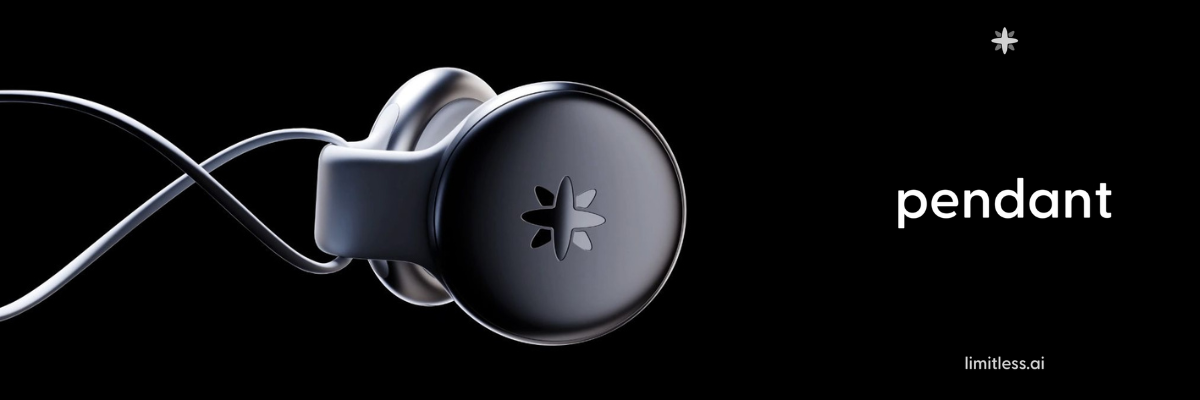Bolt Graphics unveils Zeus GPU built on RISC-V, path tracing • The Register

Ubuntu Summit One of the more unexpected talks at last week’s Ubuntu Summit 25.10 in London was by Antonio Salvemini of Bolt Graphics, who introduced the company’s forthcoming range of Zeus graphics accelerator hardware. These are very unlike any conventional GPUs – or indeed anything else.
Zeus takes a different approach to either of the main generations of graphics accelerators that have dominated the PC industry so far. The first very limited accelerators used simple tricks to offload graphics generation from computers’ main CPUs, such as a blitter that rapidly copied blocks of bits around, named after the block image transfer operation of the Xerox Alto, and GUI accelerators that performed operations such as drawing lines, arcs, and fonts in hardware.
This century, those were supplanted by 3D accelerators, which can perform transform and lighting calculations in hardware, rendering texels rather than just pixels – as The Register first mentioned in the context of the Nvidia GeForce 7800 GTX 20 years ago. Once Apple worked out how to use 3D cards to speed up displaying a windowed GUI, which in 2002 it called Quartz Extreme, these 3D GPUs took over everywhere. Now Nvidia makes big bucks selling these for accelerating the tensor math used for running large language models.
Bolt’s Zeus hardware will use an entirely different model, and we found it refreshing that the company’s How it works page doesn’t mention the dreaded initialism “AI” once. These accelerators are aimed at producing graphics using a specific rendering method called path tracing.
As The Reg mentioned a few years ago, path tracing is a step further on from simple ray tracing. A few decades ago, ray tracing was a favorite way to demonstrate high-resolution, multi-color computer graphics, taking hours to days to render scenes of shiny spheres.
As Salvemini put it: “The problem with ray tracing is that each light wave only bounces one way. In path tracing, they can bounce anywhere, and you randomly select just some of these paths to display.” Thus, Monte Carlo path tracing (MCPT) – as described in this 2024 UCSD computer graphics lecture [PDF] – uses Monte Carlo simulation, as invented by John von Neumann and Stanislaw Ulam during World War II.
Salvemini mentioned several other technologies that Zeus will draw upon, including MaterialX for handling surfaces, and Open Image Denoise. MCPT itself isn’t new – there’s even a Minecraft shader for making photorealistic screenshots. Doing it in hardware at high performance is new, though. Bolt’s design uses lots of small fast RISC-V cores equipped with RISC-V Vector extensions (RVV), together with the company’s own Lightning ray-tracing accelerator. The company is simulating the design using FPGA hardware, but for production it will have dedicated ASIC hardware fabricated, which will be around two orders of magnitude higher performance.
Bolt plans a range of devices. The product announcement [PDF] describes the entry-level Zeus 1C, shipping with 32 GB of LPDDR5 RAM but also equipped with two SODIMM slots for expansion up to 160 GB, and the Zeus 2C, with 64 GB expandable to 320 GB, or 128 GB expandable to 384 GB. It’s also planning a substantially higher-end Zeus 4C able to take over 2 TB of memory.
As to why Bolt was presenting at the Ubuntu Summit, the Academy Software Foundation’s presentation attracted considerable interest at last year’s event. Another talk this year was “Shooting for the Moonray” from Dreamworks Animation’s Randy Packer, talking about packing the company’s open source Monte Carlo ray tracer OpenMoonray in Canonical’s Snap format. The movie industry is paying attention.
Bolt’s interest is because the onboard RISC-V cores use a Linux stack based on Ubuntu. GPU industry analyst Jon Peddie has a technical overview of the hardware and its performance for the specs-hungry. This vulture isn’t a gamer, but 120 frames per second of MCPT rendering sounds like something the film industry would pay a lot for. We thought it was significant that alongside DisplayPort 2.1A and HDMI 2.1B outputs, the pictures of the Zeus standalone PCIe cards also show Ethernet outputs.
For us, some aspects of the design are faintly reminiscent of Intel’s Xeon Phi hardware, which the company killed off in 2017. Originally codenamed Larrabee, and later Knights Corner and Knights Landing, what became Xeon Phi was a large-scale manycore x86 processor with wide vector extensions. We have heard knowledgeable chip boffins discuss how it was killed much too soon, before its strengths could be explored. We hope Bolt has much more success.
Bootnote
This year’s Ubuntu Summit was a much smaller event than the previous ones in Prague, Rīga, and the Hague. Rather than a conference space, the company held it in its London HQ close to Tower Bridge, and it was simultaneously live-streamed, with remote viewers able to discuss it and submit questions on Ubuntu Discourse.
Rather than tagged with a year, this event followed the recent 25.10 “Questing Quokka” release. The plan is that from now on, there will be two summits each year, following the corresponding releases, and that much of the activity will be online rather than face-to-face. We will return with more coverage from this one very soon. ®











